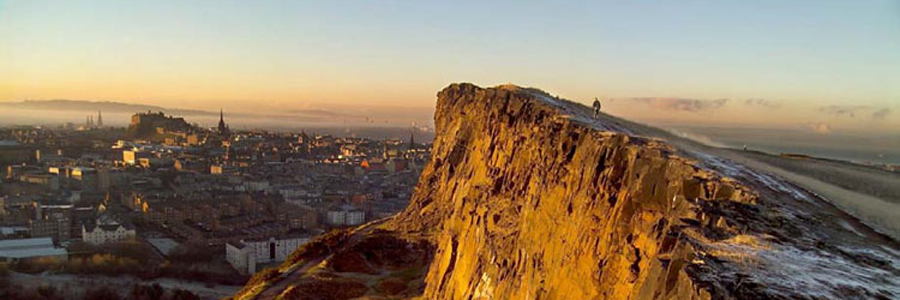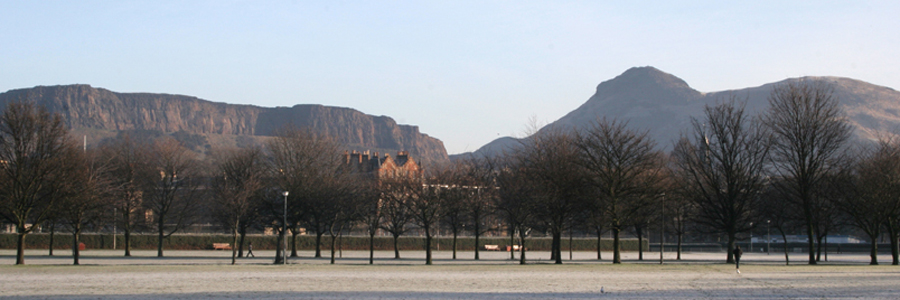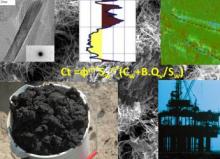Clay minerals are present in hydrocarbon source, reservoir and seal rocks and therefore characterizing their presence and properties plays an important role in understanding petroleum systems. For
Sessions and symposia
Abstract deadline extended to 31st of March
The conference science programme will consist of four days of talks and poster sessions, with mid-conference field trips to a range of soil, geological, historical and general interest sites in the local and wider areas. A longer pre-conference field trip to the west coast of Scotland to explore the Tertiary zeolite localities is also planned. In addition, a pre-conference workshop is designed to bring together a range of communities interested in the properties of shales and their clay minerals; and a mid-conference short course on clay polymer interactions is offered as an alternative to the one-day field trips.
| Pre-meeting field trip | Monday 29th June to Saturday 4th of July |
| Workshop | Sunday 5th of July |
| Talks and posters | Monday 6th of July |
| Talks and posters | Tuesday 7th of July |
| Field trips and short course | Wednesday 8th of July |
| Talks and posters | Thursday 9th of July |
| Talks and posters, close | Friday 10th of July |
Further details can be found on the Programme page.
Clay and fine particle science has always been pursued across a wide variety of traditional scientific disciplines. The sessions that contribute to the programme of Euroclay 2015 reflect this broad reach of clay science and have been aligned with three cross-cutting societal research themes: Energy, Materials and Environment and Health.
Clay science has always had close links with Energy research such as in the discovery and recovery of hydrocarbons, more relevant than ever as we strive for ever enhanced recovery and to tap unconventional sources such as clay-rich shales; also the focus of many concepts for the safe containment of nuclear waste.
As far as Materials are concerned, clay must qualify as the oldest branch of all materials science but it continues to define some of the newest material developments and probably ranks as the most important and versatile of all of man’s industrial minerals with a wealth of modern applications and uses.
Environment and Health are also key areas where clay research has much to contribute to society. Careful but innovative management of soils will be key to future food and water security as population pressures increase; and we are only beginning to make a modern exploration of the many interactions and uses of clay minerals in relation to health.
The sessions and symposia at Euroclay have been assembled with these three themes in mind and the scope of some is spread across all three. We have also endeavoured to engage related disciplines that sit around the periphery of our clay world knowing that we inevitably all profit from such interaction; layered compounds generally and zeolites in particular share many commonalities. And finally there is essentially unlimited scope for general sessions to accommodate the additional breadth and wealth of clay topics that define modern clay science.
You can browse the sessions and symposia below or download a list of them as a PDF file, additionally there will arrangements for a wide range of general sessions at the conference.
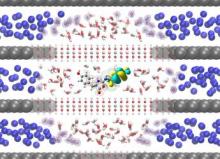
Computational chemistry studies of clay minerals - bridging length and time-scales
As analytical methods such as atomic force and scanning electron microscopy increasingly provide nanoscale information about processes occurring in layered minerals, the atomic resolution of comput
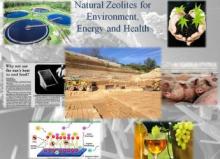
Natural zeolites – environmental, biomedical and industrial applications
Natural zeolites are microporous hydrated aluminosilicate minerals having countless technological applications due to their unique physicochemical features such as cation exchange, selective adsorp
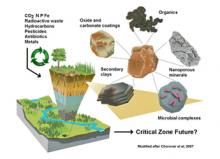
Clays in the Critical Zone: soils, weathering and elemental cycling
The “Critical zone" or CZ, includes the porous places extending from treetops to the bedrock, and more especially soils where organisms interact and shape the Earth’s surface over timescales from s
Clay mineral indices in palaeo-geothermal studies, hydrocarbon and geothermal prospection - third Frey-Kübler symposium
During syn-depositional processes, early and late diagenesis to very-low grade metamorphism (VLGM), alteration and reaction progress with increasing temperature and pressure causes changes in clay-
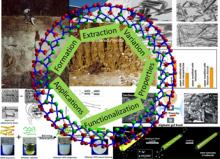
Halloysite: a unique, diverse and widely useful natural nanomaterial
Halloysite is a clay mineral whose time has arrived. Until 2006, few papers were published on this mineral. Its main use was as a raw material for ceramics, in place of kaolinite.


